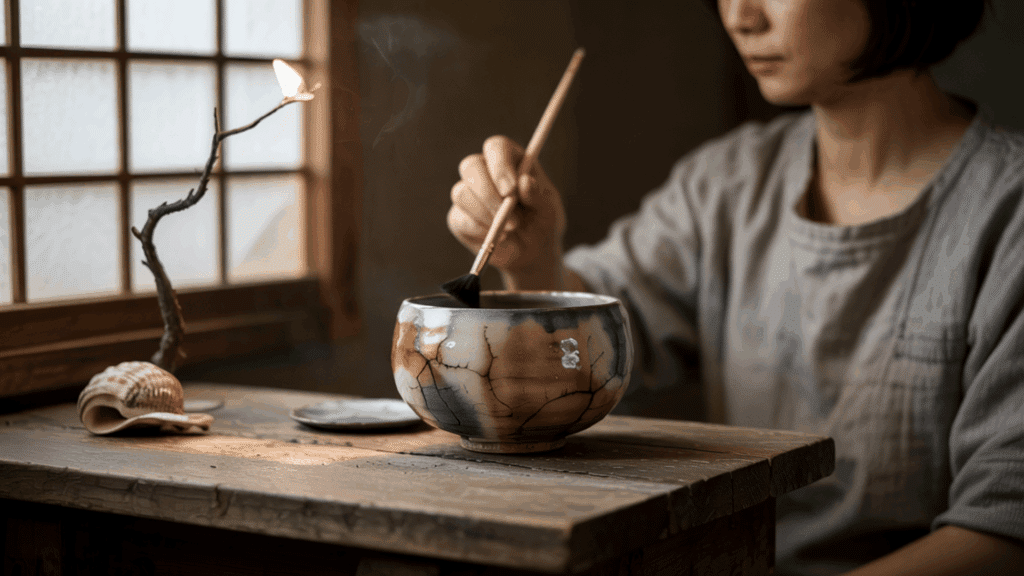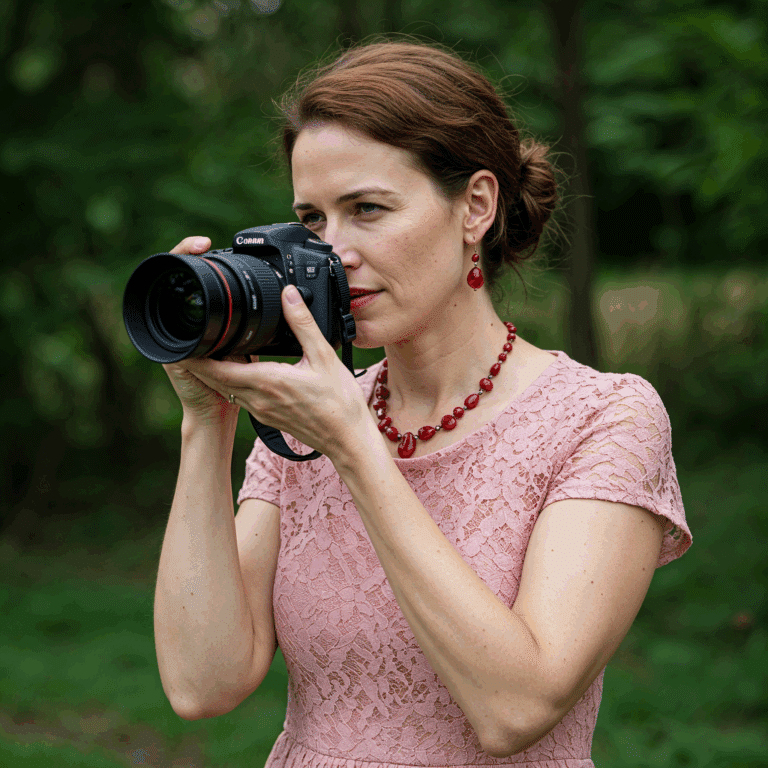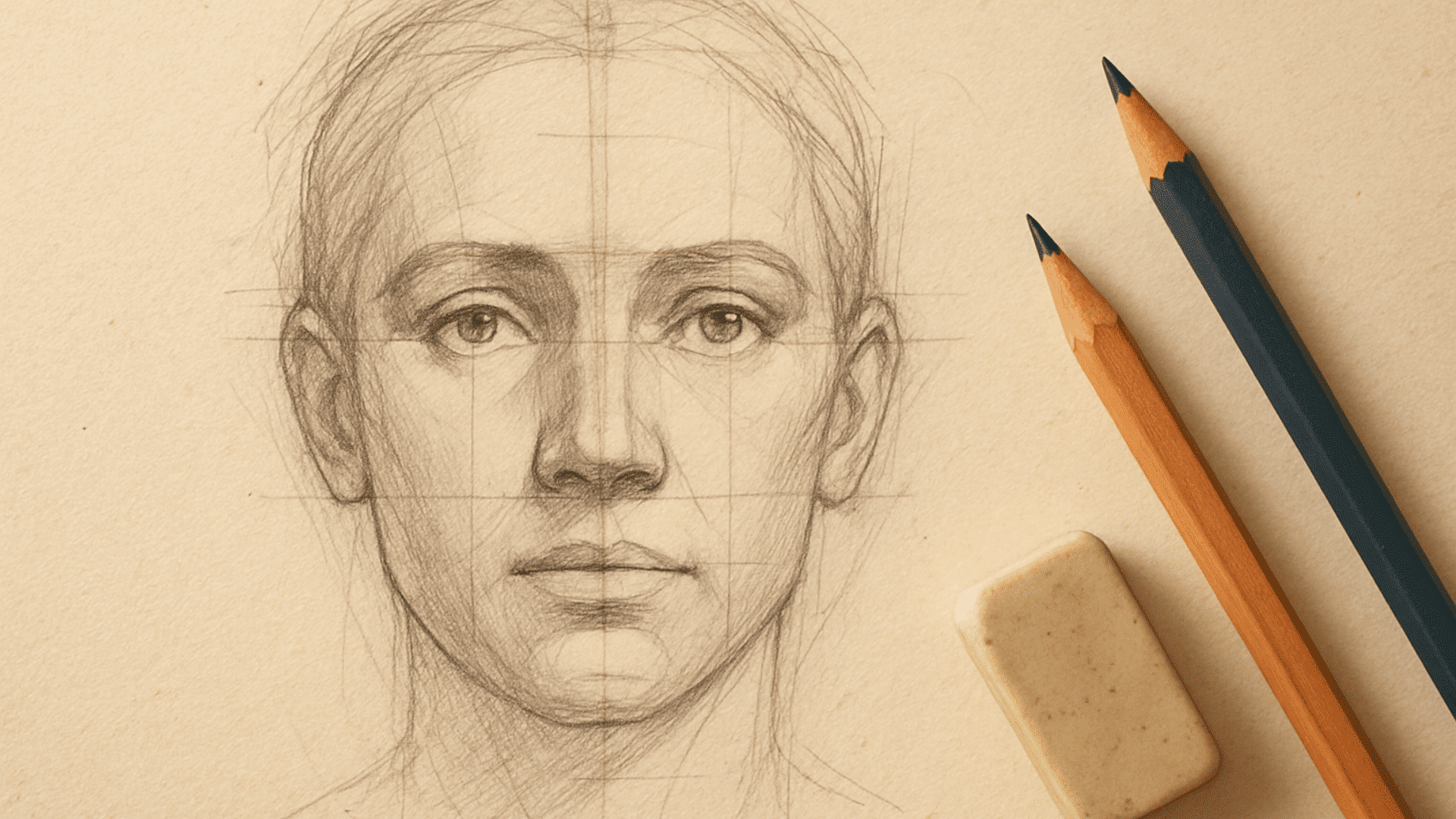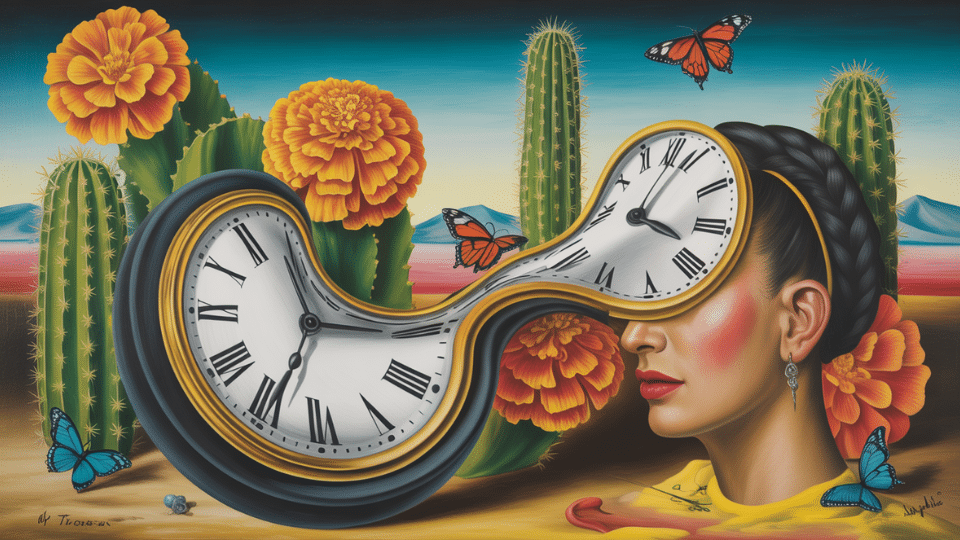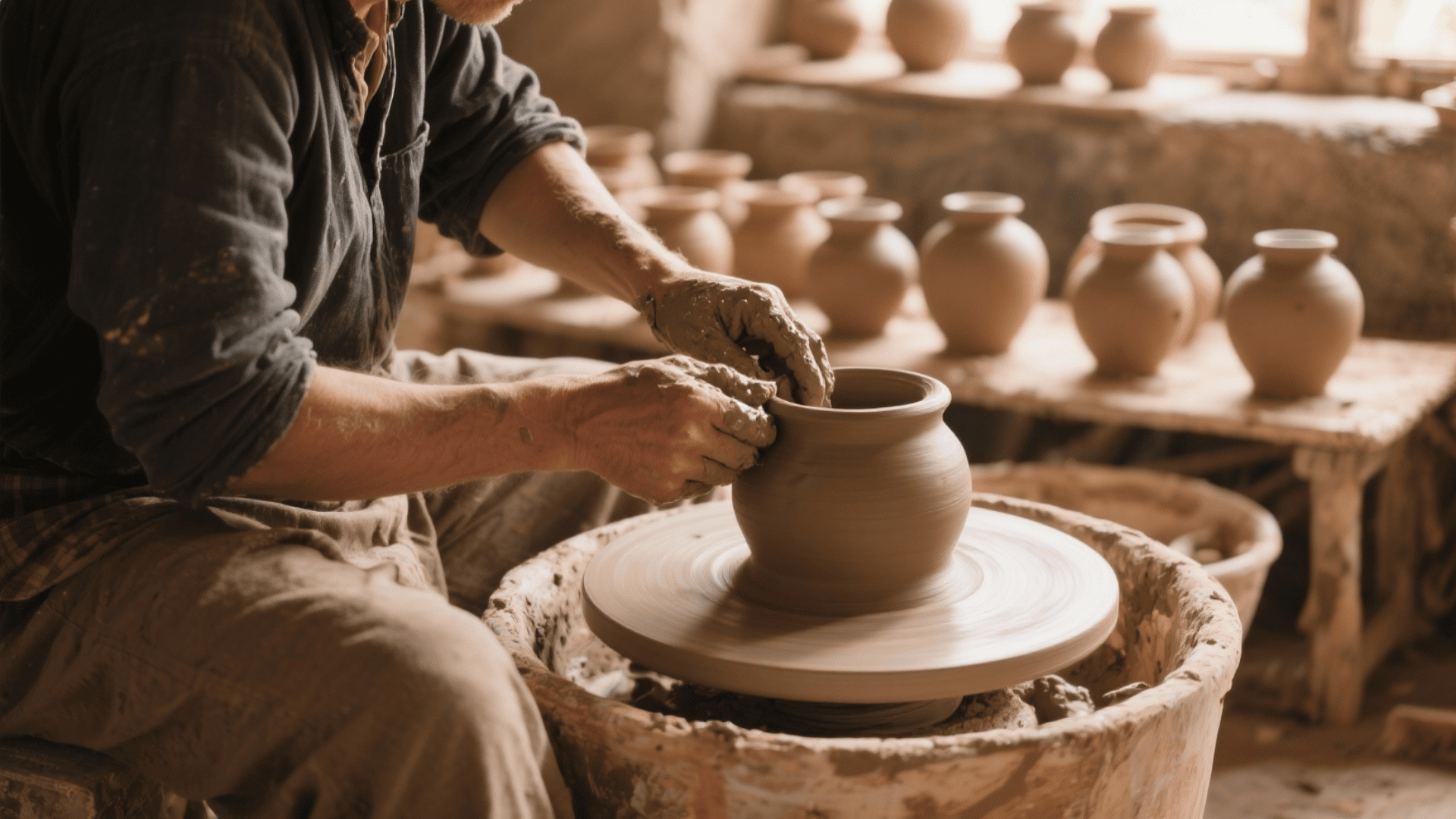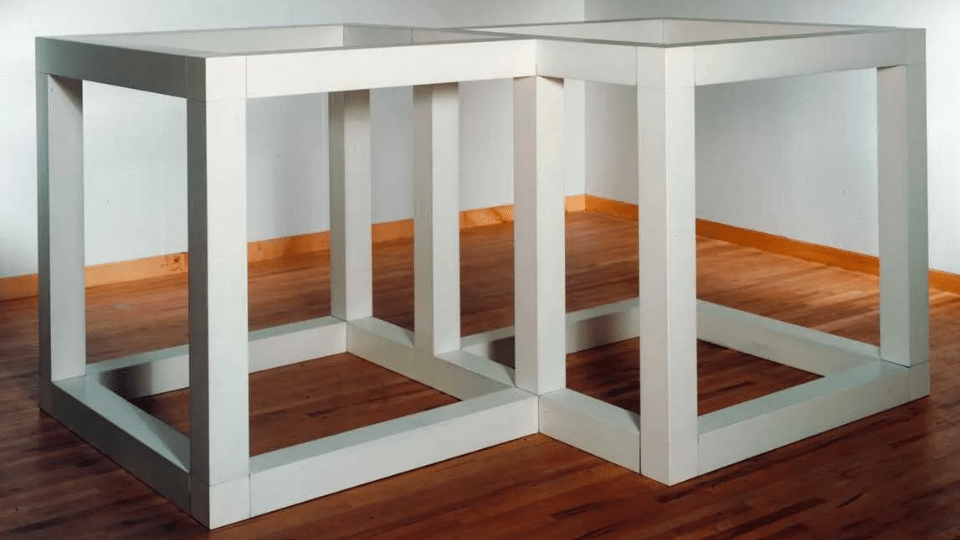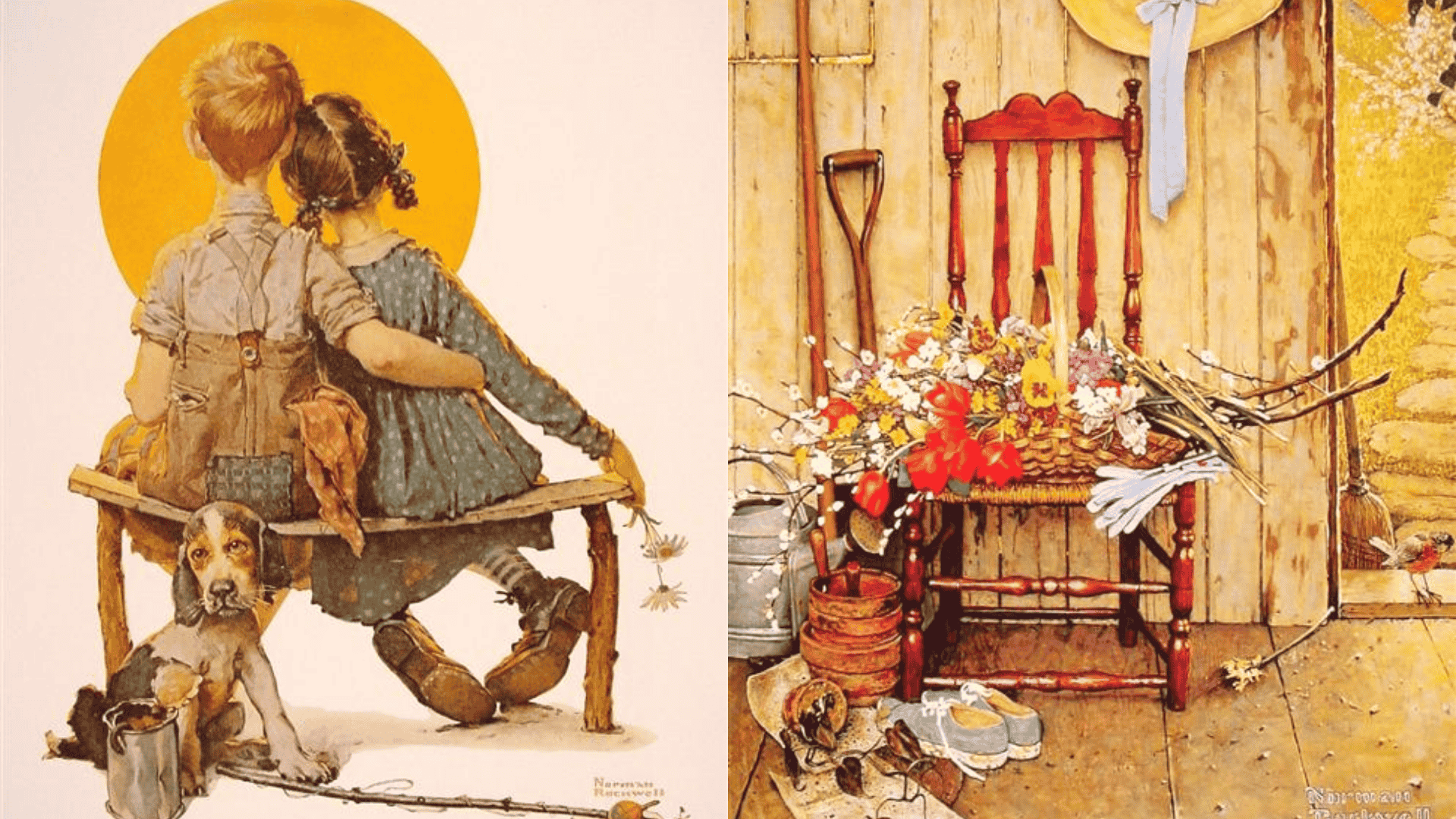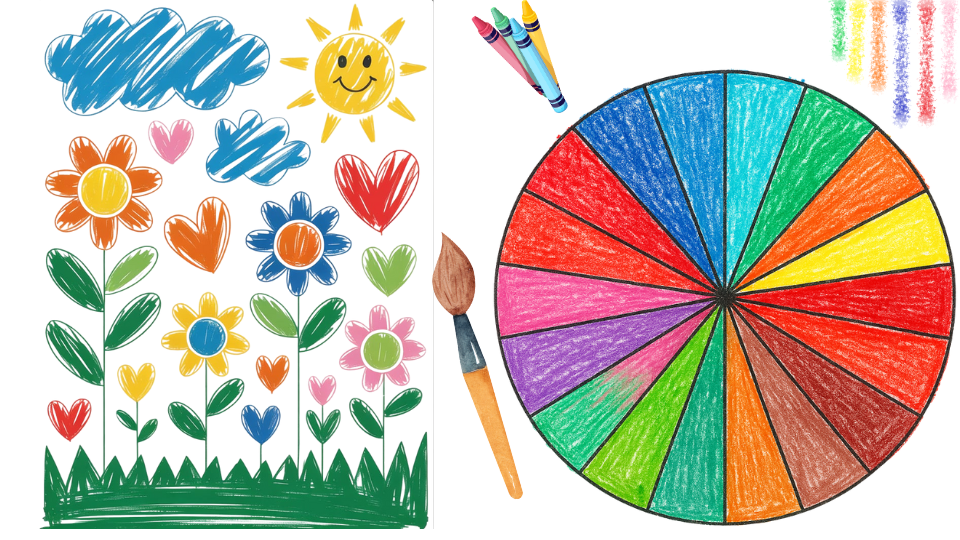Raku pottery is a union of fire and chance; each piece emerges from the flames uniquely alive, carrying the spirit of Japanese tradition.
Raku’s fast, fiery process turns every piece into a one-of-a-kind masterpiece, where unpredictability itself becomes the art.
The word “raku” doesn’t mean pottery at all; it means “enjoyment” and “comfort” in Japanese, because these pieces were made to bring joy during peaceful tea ceremonies.
From ancient Japanese tea masters to modern artists worldwide, it proves that sometimes the most beautiful art comes from controlled chaos.
Ready to uncover why this 450-year-old technique still makes potters’ hearts race?
What Is Raku Pottery?
The story of it begins over 400 years ago in Japan. A talented potter named Tanaka Chojiro created the first raku tea bowls in the 1570s.
He worked with Sen no Rikyū, Japan’s most renowned tea master, to craft simple bowls ideal for tea ceremonies. In 1584, Japan’s ruler gave Chojiro a special seal with “raku” written on it, meaning happiness and comfort.
For fifteen generations, the Raku family has passed down their pottery secrets. The current master, Raku Kichizaemon XVI, took over in 2019.
It stayed in Japan for centuries until British potter Bernard Leach brought it to the West. In the 1950s, American potter Paul Soldner made raku popular in America, where potters created colorful new styles while keeping the traditional firing methods.
Raku Pottery Technique: Traditional vs. Modern
The techniques have undergone significant evolution since their origins in 16th-century Japan.
While traditional methods remain unchanged, modern Western approaches have added exciting new steps to create stunning visual effects.
| ASPECT | TRADITIONAL JAPANESE RAKU | MODERN WESTERN RAKU |
|---|---|---|
| Shaping | Hand-shaped, no pottery wheel | Hand-shaped or wheel-thrown |
| Firing | Low-fired in a kiln | Low-fired in a kiln |
| Removal | Taken out while glowing hot | Taken out while glowing hot |
| Cooling | Cooled in open air naturally | Plunged into sawdust, leaves, or water |
| Effects | Simple, earthy colors | Dramatic colors and metallic finishes |
| Purpose | Tea ceremony bowls only | Bowls, vases, sculptures, art pieces |
| Pioneers | Tanaka Chojiro (1570s) | Bernard Leach, Paul Soldner (1900s-1950s) |
Both techniques share the thrilling moment of removing red-hot pottery from kilns. Today’s potters can choose between honoring ancient traditions or experimenting with bold modern methods.
Unique Characteristics of Raku Pottery
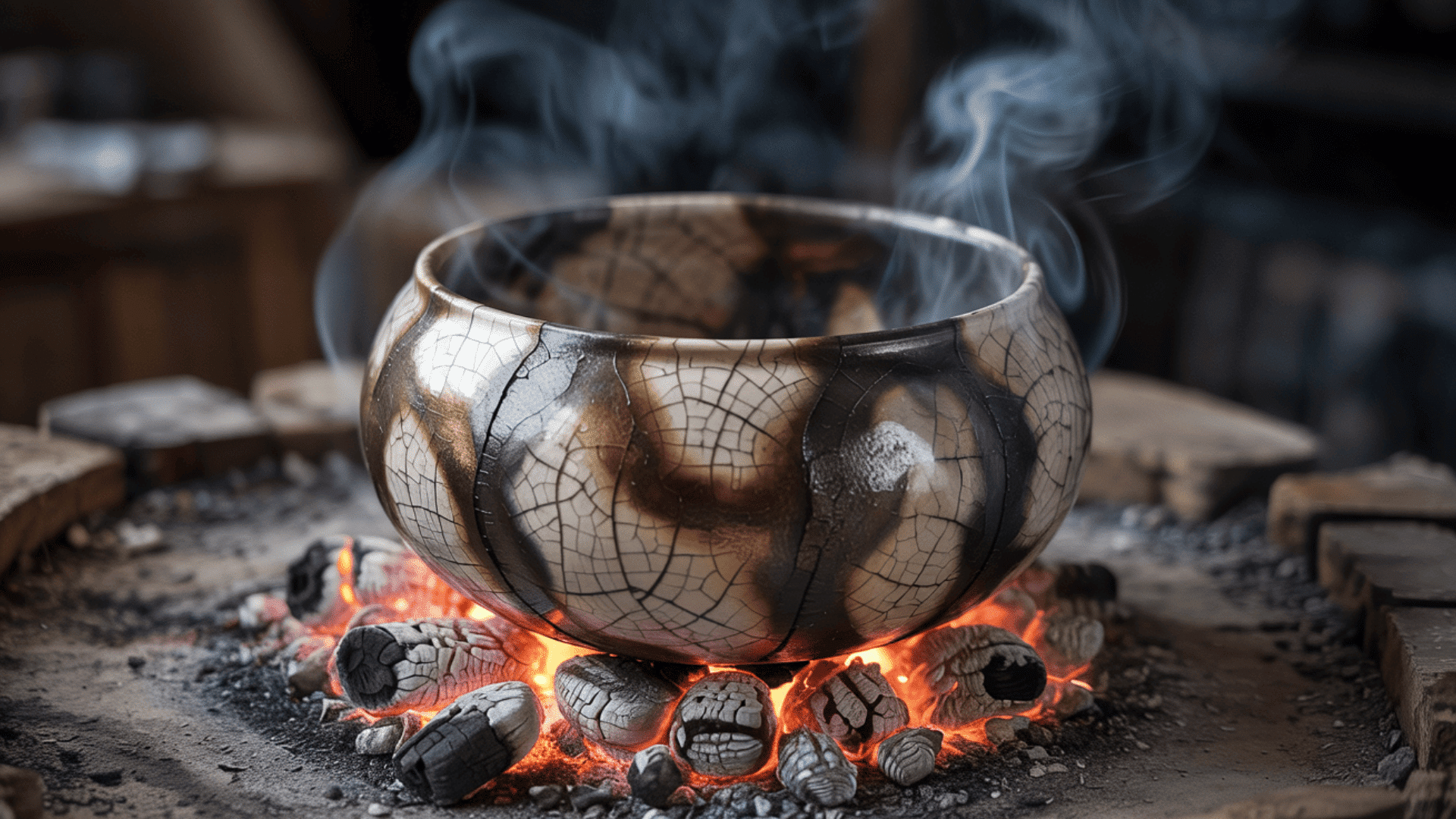
It stands out from other ceramics because of its dramatic appearance and special firing process. The rapid heating and cooling creates stunning visual effects that make every piece one-of-a-kind.
- Crackled glazes create beautiful web-like patterns: The quick temperature changes cause glazes to crack in unique designs that look like spider webs or broken glass across the surface.
- Smoky finishes add mysterious beauty: When hot pottery meets combustible materials, smoke creates dark, cloudy patterns that make each piece look like it holds captured storms.
- Unpredictable colors surprise every potter: No two pieces ever look exactly the same because fire and smoke create random color combinations that can’t be controlled or repeated.
- Porous clay makes it decorative only: It isn’t waterproof or food-safe because the clay doesn’t get hot enough to seal completely, so it’s perfect for art but not for eating.
- Dramatic thermal shock creates instant art: The sudden change from blazing hot kiln to cool air creates the magical effects that make it so exciting and unpredictable.
These special characteristics make it more like frozen fire than traditional ceramics, capturing the wild energy of flames in clay form
Philosophy & Cultural Appeal of Raku Pottery
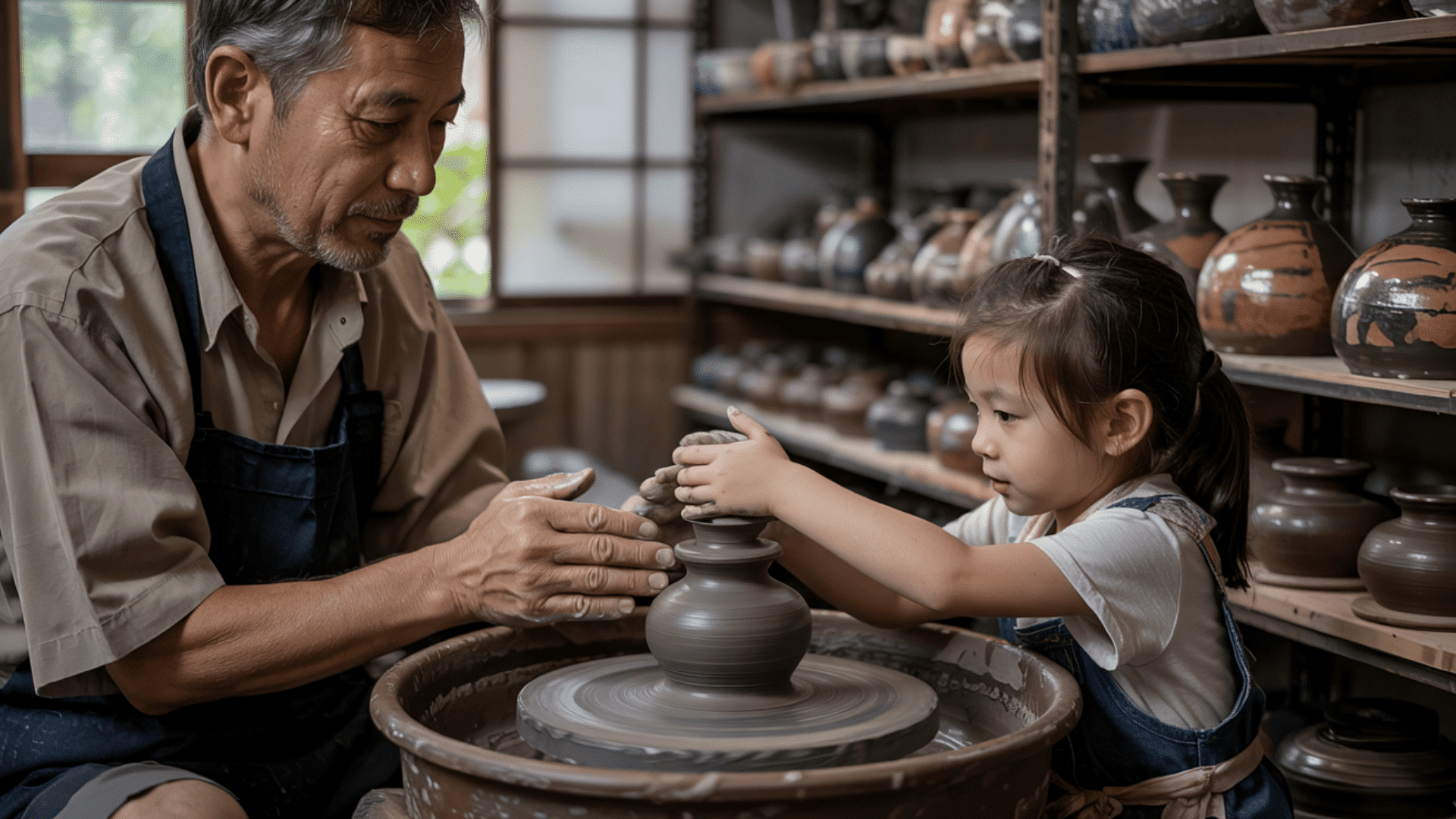
Have you ever noticed how the most beautiful things in nature aren’t perfect?
A weathered seashell, a twisted tree branch, or morning frost on a window all have their own special beauty because they’re imperfect and temporary. This is exactly what it celebrates!
The Japanese term for this concept is “wabi-sabi,” which translates to finding beauty in things that are flawed, aged, or impermanent. When you hold a raku tea bowl with its cracked glaze and smoky patterns, you’re experiencing this ancient wisdom.
A raku bowl carries the beauty of imperfection; each crack and color shift is a gentle reminder to savor the fleeting, unrepeatable moment.
Today, artists worldwide love it for celebrating beautiful mistakes, showing that imperfection can be the most perfect thing.
Why Raku Pottery Endures Today?
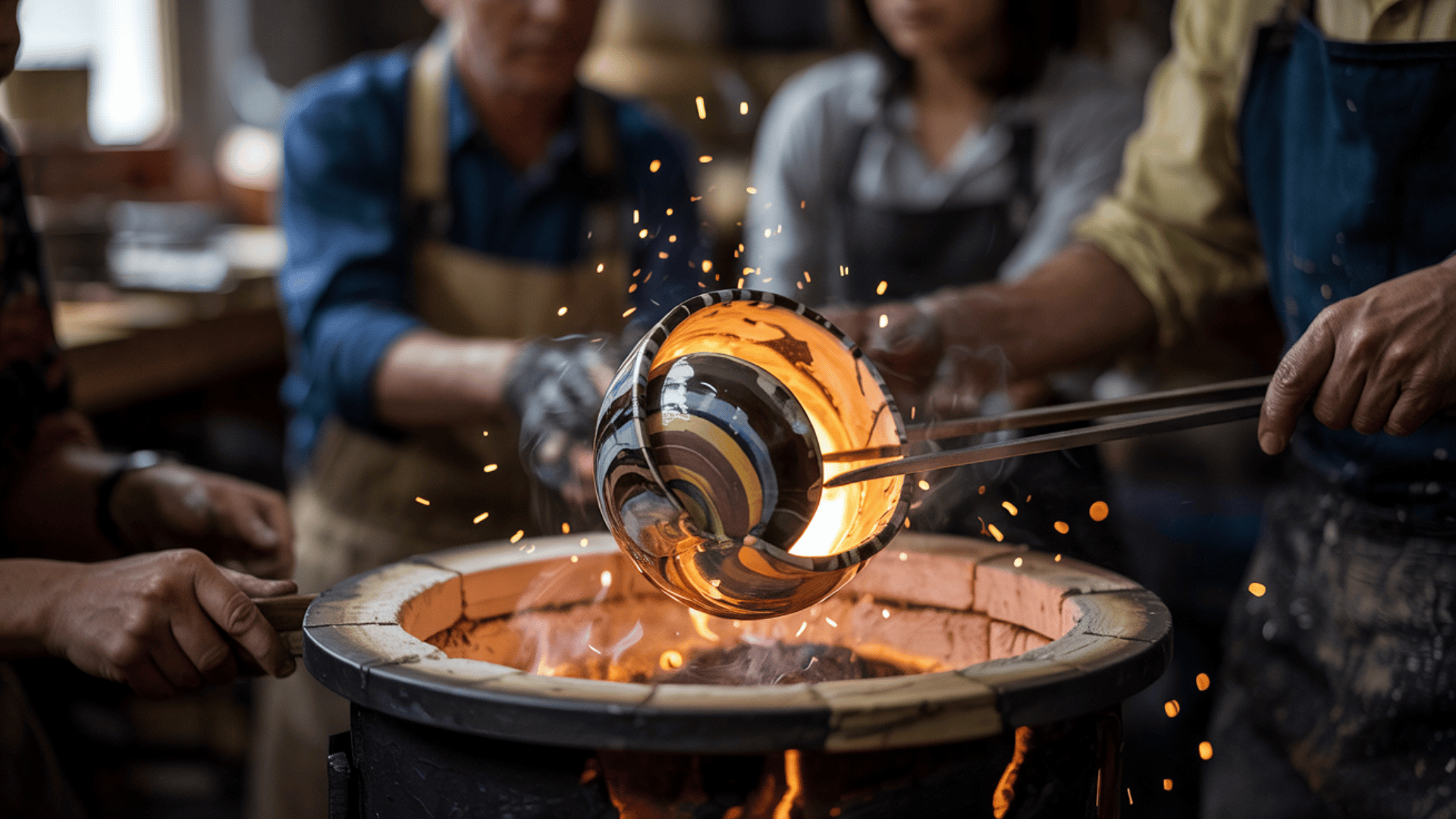
Imagine standing by a hot kiln, wearing gloves, and pulling glowing pottery with tongs. You plunge it into sawdust, which ignites.
Will it be black and silver, copper, or gold? No one knows until the smoke clears.
This excitement explains why raku pottery remains wildly popular after 450 years. Unlike regular pottery, where you wait hours to see results, raku gives you instant drama and surprise. Every firing feels like opening a mystery present.
Raku is a living dialogue between past and present, an open invitation for anyone, at any age, to shape fire, clay, and creativity into something truly personal.
Today’s pottery studios worldwide teach raku because it perfectly combines history, art, and pure fun into one unforgettable experience that keeps people coming back for more adventures.
Last Glaze
Raku pottery isn’t just clay and fire; it’s magic rooted in ancient wisdom. From ancient Japanese tea bowls to modern experimental pieces, raku shows that great art comes from embracing the unexpected.
In a world of vast copies, raku stands apart, each smoky crack a fleeting moment sealed forever, a piece of fire and timeless dreams in your hands.
Whether you’re drawn to wabi-sabi’s peaceful philosophy or love dramatic flames, raku pottery offers something special our predictable world needs.
Ready to create your own fire magic? Find a local pottery studio offering Raku workshops and learn why this ancient art form continues to captivate hearts and kilns!
Because life’s too short for boring pottery!

